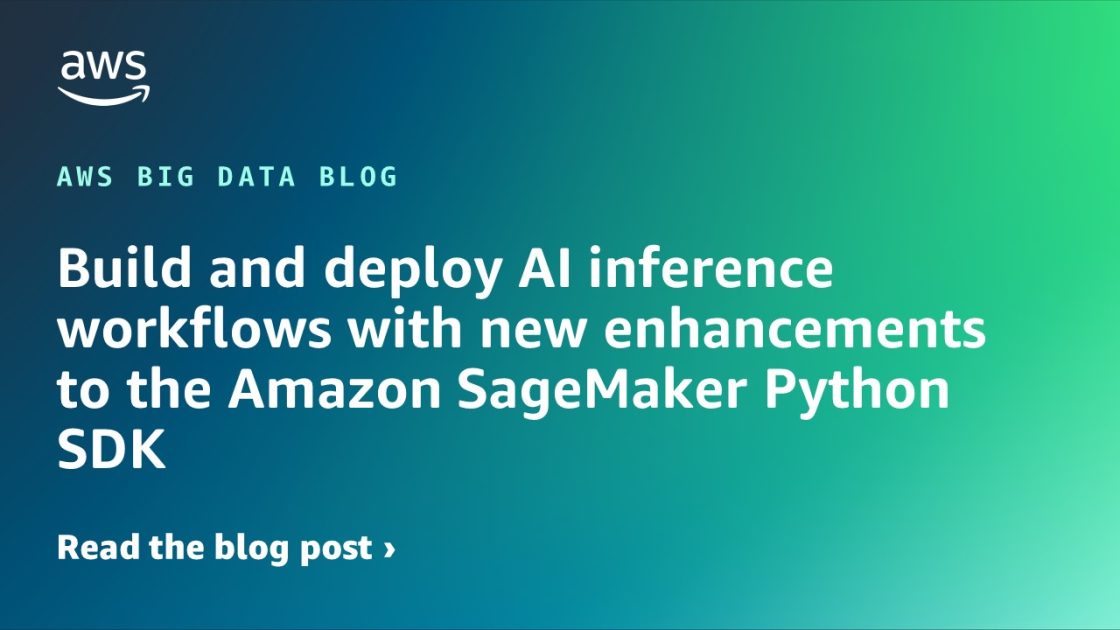New model would be used to analyze biopsies of salivary glands Using artificial intelligence (AI) to analyze biopsies of the salivary glands in people with Sjögren’s disease may help identify patients who are likely to have disease involvement in vital organs, a new study reports. According to the researchers, the novel model developed by the

Corporate AI Governance: Best Practices for a Secure and Ethical Future – RTInsights

AI governance cannot be treated as an IT problem alone. It is an enterprise-wide challenge requiring strategic alignment, operational rigor, and cultural change.
As artificial intelligence (AI) becomes a cornerstone of modern business operations, organizations are entering a new frontier—one filled with enormous potential yet full of potential hazards.
According to a Globalization Partners (G-P) 2025 AI at Work Report, 91% of global executives are actively scaling up their AI initiatives. While close to all (92%) executives report that their organization requires approval to implement a new AI product, more than a third (35%) of business leaders reported they would use the tools, even if not authorized.
Companies are navigating this landscape with increasing sophistication, yet they need a framework as they strive to use AI ethically, securely, and effectively.

Start with a Policy, But Keep It Flexible
The starting point for any responsible corporate artificial intelligence strategy is a comprehensive usage policy outlining which tools employees can use, the type of data permitted, and the conditions for engaging with public and private AI models. But more importantly, the policy needs to be dynamic – and static policy probably isn’t worth the paper on which it’s (not) printed. AI capabilities evolve quickly, and so must the guidelines that govern them. This means annual reviews and real-time updates when new risks or tools emerge.
Address Shadow IT and Prevent Unintended Data Exposure
One of the more pressing challenges is shadow IT when employees use unauthorized platforms, apps, and even today; personal artificial intelligence accounts without the company’s oversight. Suppose employees are unaware of the company’s corporate AI policy. In that case, it can lead to ad hoc tool use, exposing the business to unmonitored data flows and potential privacy breaches. Organizations should centralize AI tool access and improve internal communication around corporate resources to combat these sources.
Another fundamental area of focus is data classification. Many companies claim to classify data as “Public,” “Confidential,” or “Restricted,” yet few enforce these labels rigorously, especially when AI tools are involved. While the industry awaits more mature automation solutions, prioritizing manual classification is necessary. This involves designating the sensitivity level of meetings, documents, and conversations in advance and explicitly managing what tools (such as Otter AI or Zoom transcriptions) can be used in those contexts. It may seem labor-intensive, but it’s essential, given that artificial intelligence can amplify the risk of data leakage exponentially.
Let’s not forget the importance of protecting APIs and internal tools. For example, a company may roll out internal AI-powered sales enablement tools, which, while deemed a productivity asset, also require security. If security guardrails are not in place, proprietary models are publicly exposed online.
See also: Data Governance Concerns in the Age of AI
Foster Cross-Functional Collaboration and Responsibility
The benefits of AI are clear. Teams across marketing, engineering, and sales use it to draft content, analyze data, and enhance customer insight. However, these gains must be carefully balanced against risks to privacy and intellectual property. Most AI-generated content should be reviewed by a human before use, maintaining a critical safeguard. This human-in-the-loop model represents an increasingly necessary best practice as businesses scale their AI use.
Marketing, IT, engineering, and security stakeholders should play a role in AI governance. The concept of an AI Council, a diverse team of experts from across departments, is gaining traction in organizations seeking to govern AI comprehensively. This ensures that policy decisions are made with input from all business units, not just the IT department, and that the company’s artificial intelligence approach aligns with its broader values and risk posture.
Additionally, investing in internal training programs is key to ensuring employees understand how to use AI responsibly, focusing on areas like prompt design, privacy considerations, and the limits of AI reliability. Instead of banning tools outright, organizations should foster a culture of curiosity grounded in compliance, encouraging employees to ask questions and understand the rules and reasoning behind them.
As the legal and regulatory environment around artificial intelligence evolves, companies can get ahead by enforcing basic boundaries around regulated data that pose latent compliance risks under GDPR, HIPAA, and other state privacy regulations. Risk mitigation starts with education but also requires strict enforcement and technical controls, including API monitoring and model access governance.

Looking ahead, there is a growing emphasis on audibility and data lineage within AI workflows. Enforcing data classification policies is expected to become a regulatory requirement rather than a best practice. Companies that invest now in clear classification structures, secure storage, and internal review processes will be better prepared to meet these demands.
The Broader Truth
AI governance cannot be treated as an IT problem alone. It is an enterprise-wide challenge requiring strategic alignment, operational rigor, and cultural change. Think of it as the OSHA for digital tools. Just as OSHA standards protect workers in physical environments, AI policies safeguard organizations and their data in the digital realm. Organizations that wait for perfect policies or thorough tools risk falling behind. Instead, they should begin with what they have: an informed team, basic guidelines, and a willingness to adapt.



